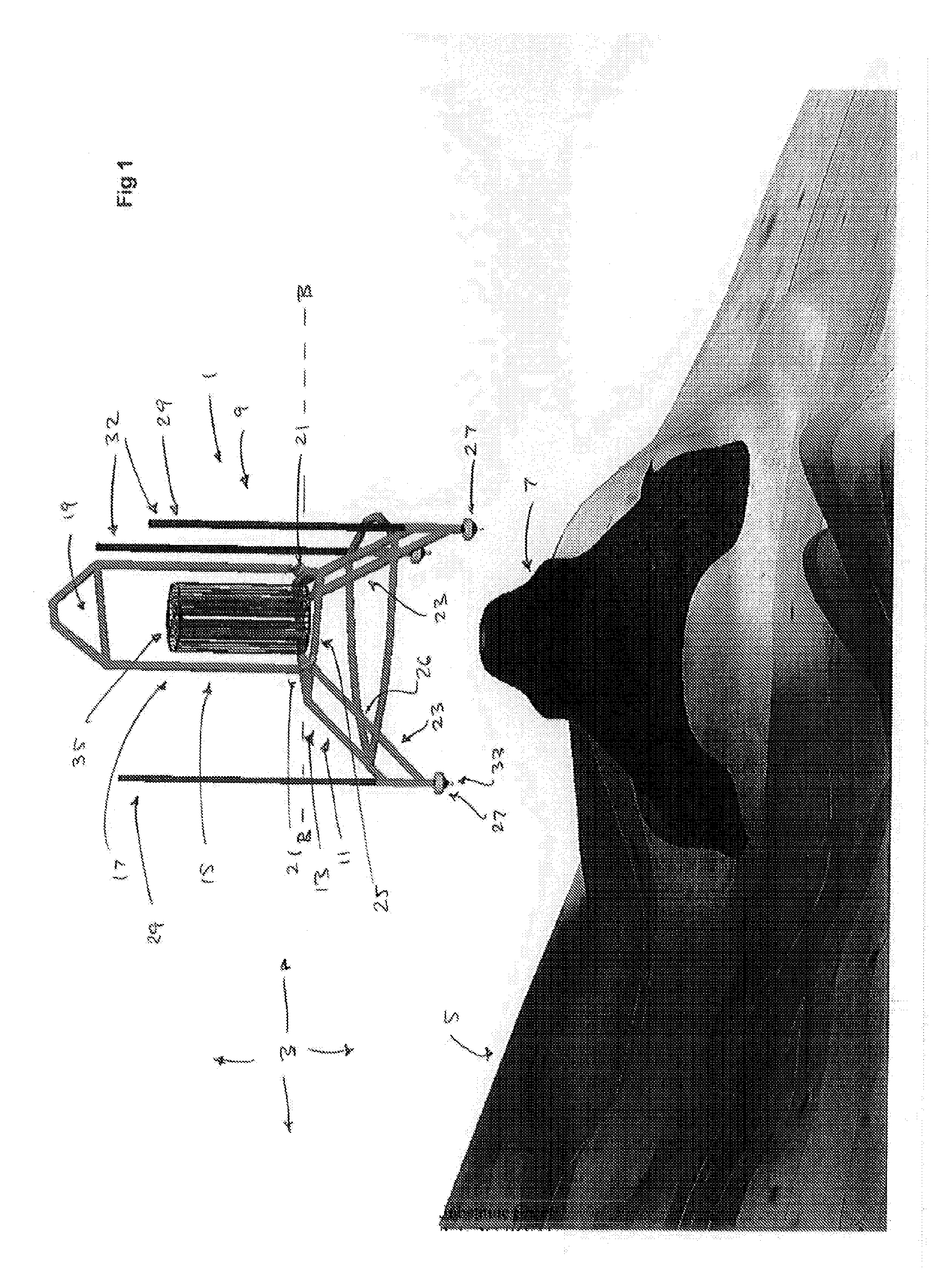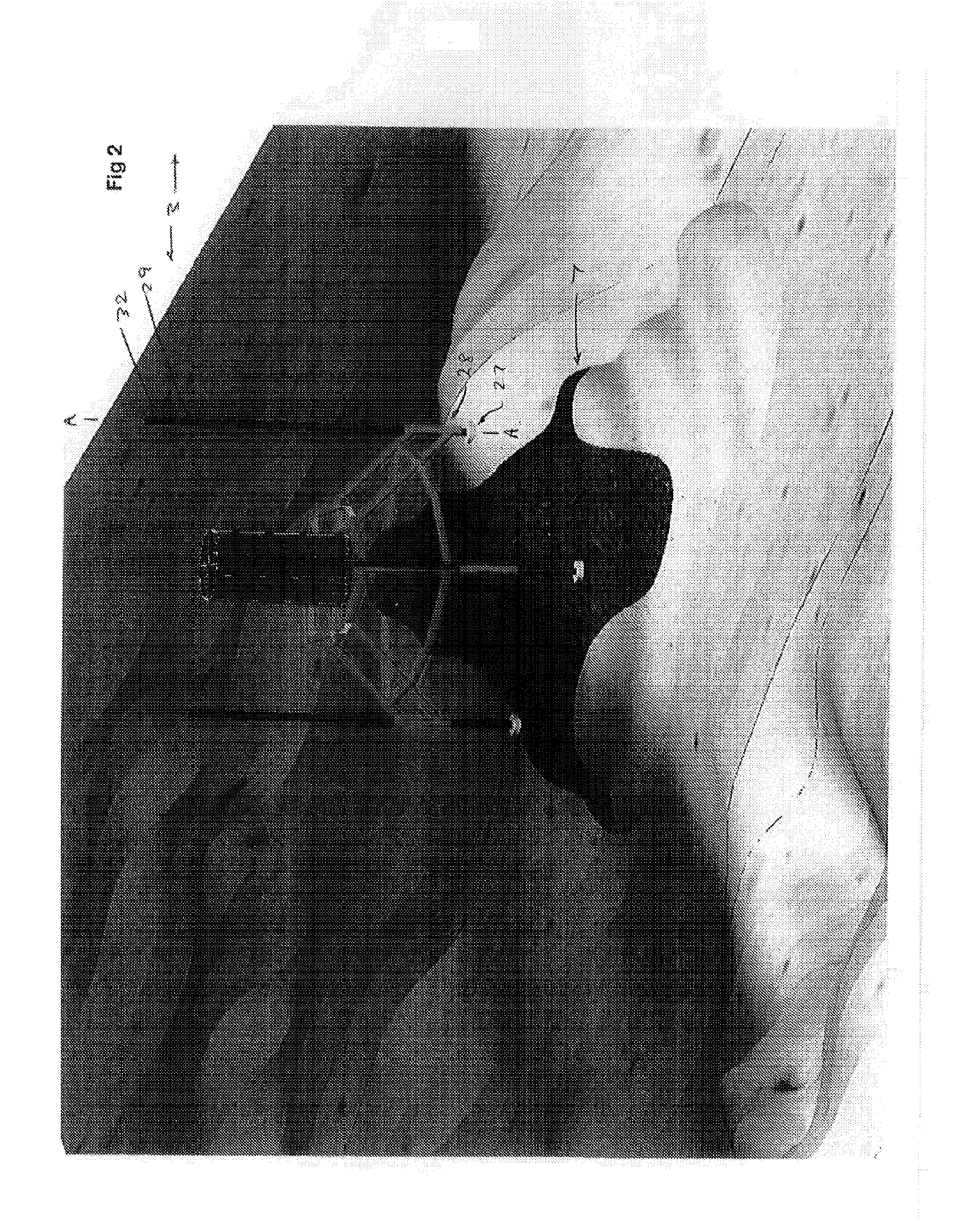Therefore, variations in the cost of producing a unit of a metal species such as
copper can have profound economic ramifications for those who seek to purchase or use the metal.
The cost of mining and recovering a metal such as copper can be considerable.
Extracting metals from their natural sources (such as from ore deposits) can be a laborious and often a not inexpensive proposition, which is frequently fraught with danger, as episodes such as the Copiap6 mining incident (at the San Jos6 copper-gold mine in Copiap6 in Northern Chile in 2010, where 33 miners were trapped about 5 kilometres underground for over 60 days), serve to remind the World.
Land-based mining operations that aim to recover metals typically require a great deal of infrastructure and significant amounts of capital.
The chemical removal of sulphide ions from recovered metals is both an expensive process, and one which is environmentally hazardous.
To date however, this appeal has been largely theoretical, because
recovery operations associated with deep-sea hydrothermal vents encounter a number of significant practical problems, including the following:(a) the environment in which hydrothermal vents (for example) are found is typically very deep (between 2000 and 6000 metres below the surface of the ocean);(b) accordingly, those depths alone are such that direct human involvement in the environments concerned is rendered impossible;(c) even at much shallower depths [eg, at depths between about 30 and 300 metres below the surface of the ocean], direct human involvement carries certain serious risks [these risks include, for example, (1) that the most experienced human scuba divers can descend only as low as about 320 metres below the surface of the ocean at most (and even then, such descents are extremely dangerous); and (2) the potential for human divers to suffer from the physical effects of extreme depth, including
nitrogen narcosis,
decompression sickness (ie, “the Bends”) and
oxygen toxicity when seeking to return to the surface from such
underwater depths;(d) as explained earlier, the
water temperature at locations in the vicinity of a
hydrothermal vent situated at between about 2000 and 6000 metres below the surface of the ocean typically varies from being very cold (about −2° C. to 2° C. for the
ambient water) to being extremely hot (about 60° and 464° C. in the case of water ejected from the vent).
These extremes of temperature alone
pose significant challenges for the logistics of any recovery operation;(e) in the case of very hot
salt water ejected from the vent, as indicated earlier, at depths of 3000 metres below the surface of the ocean, the water is under very great pressure (typically, of the order of 300 atmospheres).
This too, presents challenges for recovery operations proposed for use in such extreme environments; and(f) further, very hot, supercritical
saline water in or near a
hydrothermal vent is also typically highly acidic, often having a pH value of approximately 2.8.
This
constellation of problems means that devising and operating apparatus and / or methods for the extractive recovery of metal-containing materials from such locations runs into considerable difficulty, for one or more of the reasons previously discussed.
Although ocean water—being a
saline solution—should provide a suitable medium for conducting an electrodeposition procedure for the purpose of recovering dissolved cations of desired metallic species, in practice, the use of electrodeposition runs into serious practical problems.
It would be wholly impractical to run an electrical cable from a
land based electrical power source to such a depth, for one thing.
Further, sub-sea vents are often found in locations that are remote from land.
It would be equally impractical to run a
power cable from a boat or rig to a
deep sea recovery apparatus located several kilometres below the water surface.
Accordingly, powering a suitable apparatus to such depths is alone a significant obstacle.
Secondly, even if suitable means to power such an under-sea electrodeposition technique could be found, there are fundamental questions about whether the technique would work in an environment like that surrounding a
hydrothermal vent located several kilometres below the surface of the ocean.
This range, coupled with the prevailing immense pressure of the water at such depths (the
hydrostatic pressure of oceanic water can be up to 300 atmospheres at depths of 3000 metres, as explained previously), places extreme demands on the
physical integrity and design of any apparatus that might be used to carry out the proposed electrodeposition in
deep sea operations, as well as severely limiting the choice of materials from which suitable apparatus for use in the technique might be made.
Further, and as indicated earlier,
deep sea water in this state is likely to be highly acidic.
The prevailing environmental in such environments
pose factors
pose significant challenges for the design of, and the choice of materials used to carry out electrodeposition-mediated recovery of metallic species from deep sea ocean water in the vicinity of a hydrothermal vent.
 Login to View More
Login to View More 


